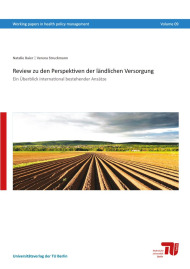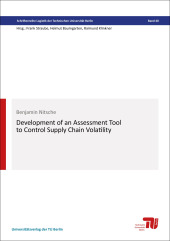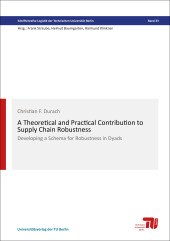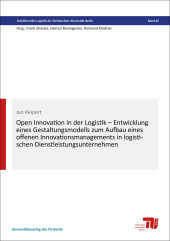Review zu den Perspektiven der ländlichen Versorgung
ein Überblick international bestehender Ansätze

Format: 21,0 x 29,7 cm
Publishing year: 2015
Background: The demographic change and the increase of chronic diseases, combined with the increasingly complex need for care, presents new challenges to health policy in Germany. Especially in underdeveloped rural regions the need for action exists in order to ensure an appropriate medical care in these regions. In this context it is important to organize collaboration between physicians and other health care professionals. This is possible with the support of innovative forms of health care and the creation of new roles for health professionals, as the care of chronically ill people and the elderly requires more than just acute care. Objective: This review depicts, to what extent internationally applied measures for the recruitment of health care professionals, are able to counteract the shortage of skilled professionals in rural areas. Moreover, new professional roles and innovative structures of health care in rural areas are described. Methods: A literature review was conducted by means of a comprehensive search strategy in the databases PubMed and Scopus. We included studies which were conducted between the years 1990 and 2003, which described measures for recruitment of health care personal into rural areas and introduced new ways of health care. In addition, an expert survey was conducted via e-mail. Overall 65 experts were contacted via the „Health Systems and Policy Monitor-Network“, besides expert information from the European research project MUNROS was used. Results: For the majority of considered measures no evidence is available, however, a rural background is classified as the best evaluated and most effective measure to recruit physicians into rural areas. Measures as the establishment of medical faculties in rural areas and financial support during the studies along with the obligation to practice in a rural area show inconsistent results. Study results illustrate that the professional groups of the PAs and the NPs provide a high quality and cost effective work. In the USA, Canada, New Zealand, Australia and the UK most of the new care delivery models could be identified, however most of them have often not yet been evaluated. Conclusions: Overall, it has become clear that none of the considered measures can act alone against a future health professional’s shortage in rural areas. Therefore, different models are already applying combinations of the presented approaches. In this context a familiarity with the specific context of the medical personal should be regarded as well as an attractive design of the working conditions.



